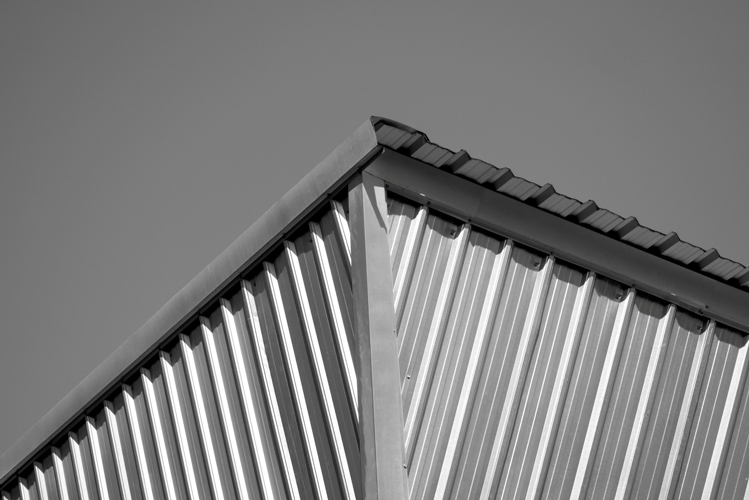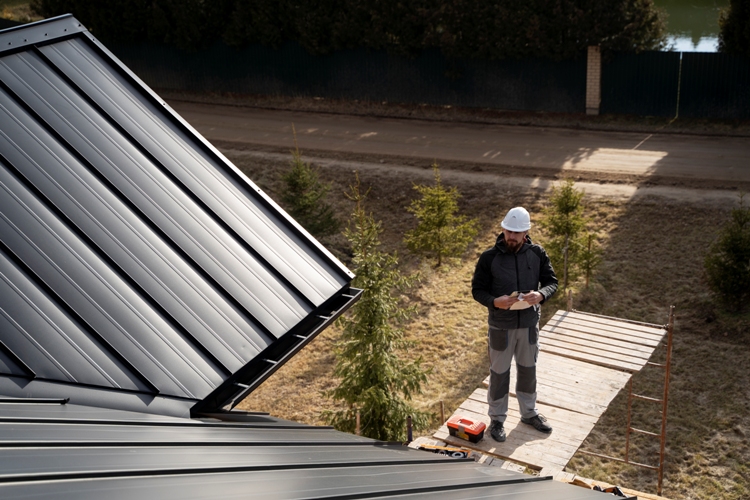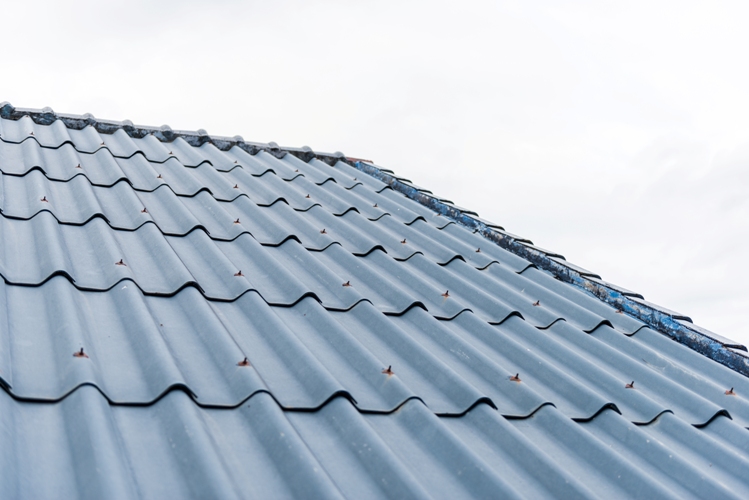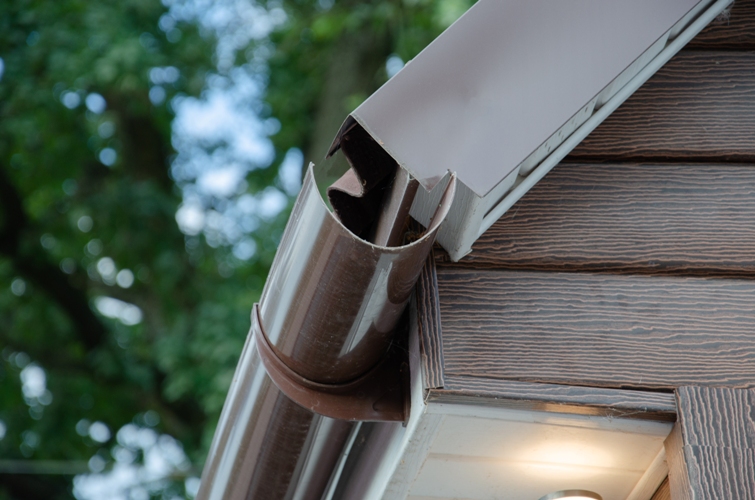Rooftop antennas are making a comeback, not just for television signals but also for internet boosters, security camera feeds, radios, and even smart home networks. However, one challenge remains across all installations: managing antenna lines cleanly and securely on the roof. Fortunately, steel roof battens offer a simple yet powerful solution—even when used alongside modern materials like sandwich roofing panels.
In this article, we’ll explore how steel roof battens can help streamline, protect, and support rooftop antenna wiring. From reducing cable clutter to preventing long-term weather damage, these battens offer more than just structural support; they also serve as effective cable management tools.

The Challenge of Rooftop Antenna Cabling:
Running antenna lines across a roof might sound easy, but it can get messy fast. Antenna cables are long, delicate, and can wear if not installed properly. Moreover, exposure to sun, wind, and rain can cause deterioration over time.
Some common issues faced during antenna installations include:
1. Loose or tangled cables that flap in the wind or degrade in the sun
2. Water leaks caused by unnecessary holes drilled into the roof
3. Trip hazards for anyone walking on low-slope or accessible roofs
4. Messy aesthetics that reduce the professional appearance of the building
5. Signal issues due to damaged or poorly secured cables
This is where steel roof battens come in. Not only do they offer structural integrity, but they can also simplify and improve antenna cable routing.
1. Natural Pathways for Clean Cable Routing:
Steel roof battens are laid out in regular intervals across the roof structure. These intervals naturally form straight channels. These channels are ideal for running antenna lines. By using the space between battens or securing cables directly to them, installers can keep wires neat, organised, and free from stress or movement.
Benefits of routing cables along steel roof battens:
1. Ensures cables follow straight, predictable paths
2. Keeps wires high above wet or hot surfaces
3. Reduces visual clutter from dangling wires
4. Prevents cable loops that attract debris or nesting birds
Steel roof battens serve as built-in guides, providing consistent spacing and direction for work, regardless of the type or size of the antenna being installed.
2. Strong Anchoring Support for Cable Clips and Ties:
Another reason steel roof battens are ideal for antenna installations is their strength and stability. Installers can use them as anchor points to fasten UV-resistant zip ties, cable clips, or clamps. This holds the lines securely in place, even under intense wind or extreme temperature changes. The rigid surface of steel roof battens ensures your cables stay firmly attached with minimal maintenance over time.
3. Minimise Roof Penetration and Long-Term Damage
One of the biggest mistakes in rooftop antenna installation is drilling too many holes into the roof surface to secure cables. Every hole increases the risk of water intrusion, insulation damage, or rust development. Instead, by using steel roof battens as mounting guides, installers can reduce unnecessary penetration.
Rather than attaching brackets or lines directly to the roofing material, installers can use the battens as a safe and secure path. This not only extends the lifespan of the roof but also protects cables from rubbing against sharp edges or heated surfaces.
Key advantages:
1. Less screw holes mean less chance of roof leaks
2. Maintains structural integrity of roof panels or tiles
3. Protects lines from direct contact with hot metal sheets during summer
4. Improves insulation performance by preserving sealed layers
4. Seamless Integration for Smart Devices and IoT Antennas
Modern rooftops have more than just traditional TV antennas. With the rise of smart home technology and IoT devices, rooftops now support:
1. Wi-Fi and 4G/5G signal boosters
2. Wireless surveillance camera hubs
3. Smart weather stations and air quality monitors
4. Mesh networking devices and remote sensors
These systems require multiple cables, power, data, and signals, all of which need safe and organised routing. Steel roof battens offer the perfect framework to separate, align, and secure these lines. Instead of installing separate cable trays or surface-mounted channels, installers can use the batten layout to guide all cables in clean, efficient bundles.
Final thoughts:
If you’re planning a rooftop antenna installation, whether for communication, security, or connectivity, choose steel roof battens like Ezi Batten. They’re not just structural components; they’re functional and supportive tools that can improve cable layout, reduce roof damage, and increase the durability of your antenna lines. By using steel roof battens as part of your cable management system, you’re building smarter, cleaner, and safer rooftops from the start.
Recent Posts

-
October 20, 2025
Metal Roof Insulation Blanket: A Smart Solution for Thermal Comfort and Energy Efficiency
Read More 
-
October 17, 2025
Insulated Roofing Panels: The Smart Solution for Energy-Efficient, Durable Roofing
Read More 
-
October 13, 2025
Choosing the Right Gutter Accessories Suppliers: A Complete Guide for Builders and Homeowners
Read More
Categories
- metal fascia 2
- steel roof batten 33
- roof battens and purlins 7
- insulated roofing panels 21
- sandwich roofing panels 14
- roofers bracket 3
- gutter accessories suppliers 8
- metal ceiling battens 5
- metal fascia for modern roof 1
- Uncategorized 8
- metal roof insulation blanket 1
- cladding building materials 2
- top hat roofing 2
- metal roofing suppliers 5
- gutter and fascia replacement 3
- metal roof batten 12
- top hat battens 1
